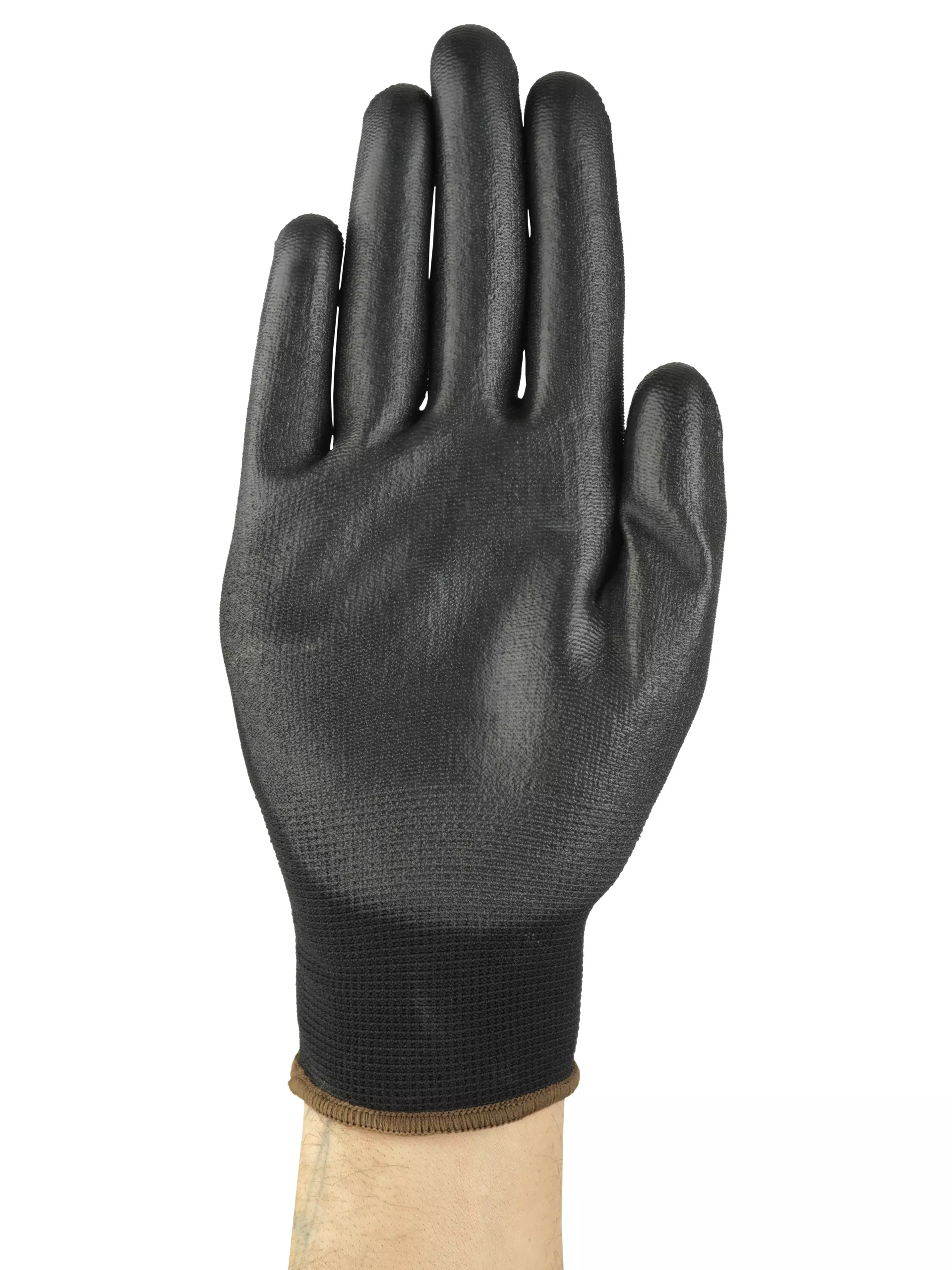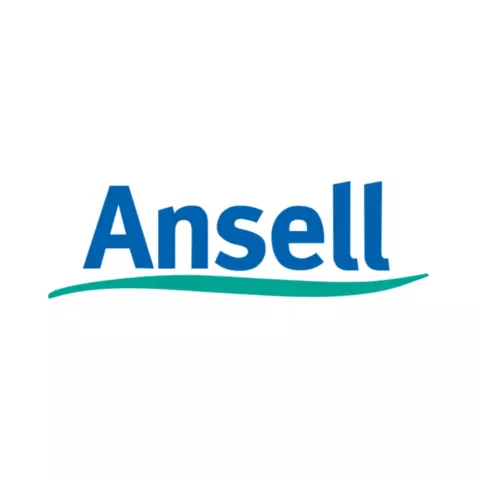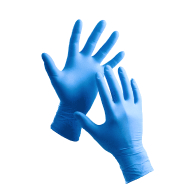HyFlex 48-101
4.7 / 5
Product description
Description
Improved durability: HyFlex® 48-101 industrial gloves boast ANSI- and EN-compliant abrasion resistance, resulting in longer lasting wear
Augmented dexterity: Their thin, flexible nylon liner ensures optimal dexterity, for ease of use in daily applications
Black color: The darker shade of these HyFlex® gloves masks dirt, for extended glove life
Optimized tactility: Equipped with thin palm-dipped polyurethane coating, HyFlex® 48-101 safety gloves benefit from excellent tactile sensitivity, for precise handling in dry or slightly oily environments
Genuine versatility: Lightweight, durable and tactile, these HyFlex® gloves can be used for a variety of different applications
Recommended for
Chassis assembly, body trimming
Production line support & maintenance
Equipment repair & maintenance
Assembly and disassembly of equipment
Loading and unloading rough parts or boxes
Picking parts and accessories
Product Details
Antistatic : No
Length : 220-270 Mm/ 8.66-10.63 Inches
Available Sizes : 6, 7, 8, 9, 10, 11
Coating Color : Black
Coating Material : Polyurethane
Construction : Knitted
Cuff Style : Knitwrist
Finishing : Palm Coated
Gauge : 13
Liner Color : Black
Liner Material : Nylon
Silicone Free : No
Washing Temperature : 40 °C (104 °F)
About Coated Cut Protection Glove
Coated Cut Protection Gloves provide essential hand safety with cut-resistant materials and specialized coatings for enhanced grip. Ideal for construction, manufacturing, and handling sharp materials, these gloves offer both protection and dexterity for demanding work environments.
- Cut Resistant
- Machine Washable
- Hand Protection
Standards and labels
Ansell delivery terms
Free delivery for all Ansell products
226,24 €
Price per 12 packages (144 pairs)
1,57 € / pair
Free delivery
A carton contains 12 packages (144 pairs)



